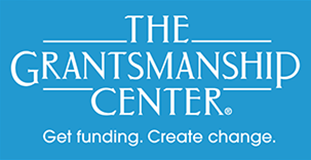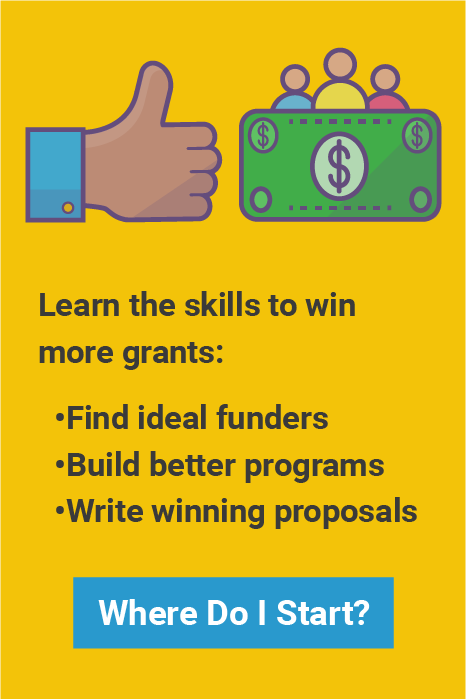
The temptation is to plunge into a proposal writing frenzy, cranking out thousands of words that seem likely to impress a foundation. Surely if you write a spellbinding proposal you’ll snag that grant! Here’s a modest suggestion: put that cart back behind the horse where it belongs. The most important result of the proposal process might not be the final text. Instead, it might be the best exercise you can devise for carrying out thoughtful program planning. Here are five benefits to consider:
- Do we really want to do this? It’s an opportunity to ask yourself if you really want to do the program. You’d be surprised at the number of nonprofits that launch projects out of habit, or tradition, or someone else’s expectations. Getting ready to look for funding is a time to ask if you’re really ready, willing and able to do the work.
- Is this the right time? If you want to do it, now is the time to explore what it will actually take to accomplish the results you’re after. Do you have the right staff? Enough staff? Equipment? Involvement by the populations you say you want to serve? You’ll reflect the answers in your proposal but first, find out the answers within the organization itself.
- What will it cost? If you know what it will take, then you can begin to figure out what it will cost. This is the time to avoid the unhappy situation of getting a grant for $25,000 only to discover the program will actually cost $36,500. Nonprofits should not be expected to “eat the difference because after all you’re a nonprofit.” Things cost what they cost. A program budget should be an accurate reflection of the truth.
- What are the benefits? You’ve lined up the need for the work, you’ve identified what it will take and what it will cost. Now ask yourself how to recognize impact, outcomes and “results.” It’s a healthy conversation: how will we know we’ve delivered the benefits we intend? Who else will know, and how? How will we collect and report our successes and learn from our failures?
- Is the organization ready? Finally, the proposal planning process is often the catalyst for avoiding “oops” moments. Can we put our hands on our tax records, our most recent financials, our registration documents? Our website hasn’t been refreshed since late 2018, maybe we should bring it up to date. Getting the work done now is a good way to head off last-minute catastrophes and a valuable tune-up for the organization.
Some have said that foundations should just “give us the money” and not demand a rigorous proposal. Without these basic program planning steps, we’d be a nonprofit community with lots of horses and no carts.
Thomas Boyd is Chief Editorial Consultant for The Grantsmanship Center
and an independent consultant to nonprofit organizations.
_______________________________________
We welcome you to link to these pages and to direct people to this information on our site.
If you'd like to use this copyrighted material in some other way, please contact us for permission: info@tgci.com.
We love to hear from you!



